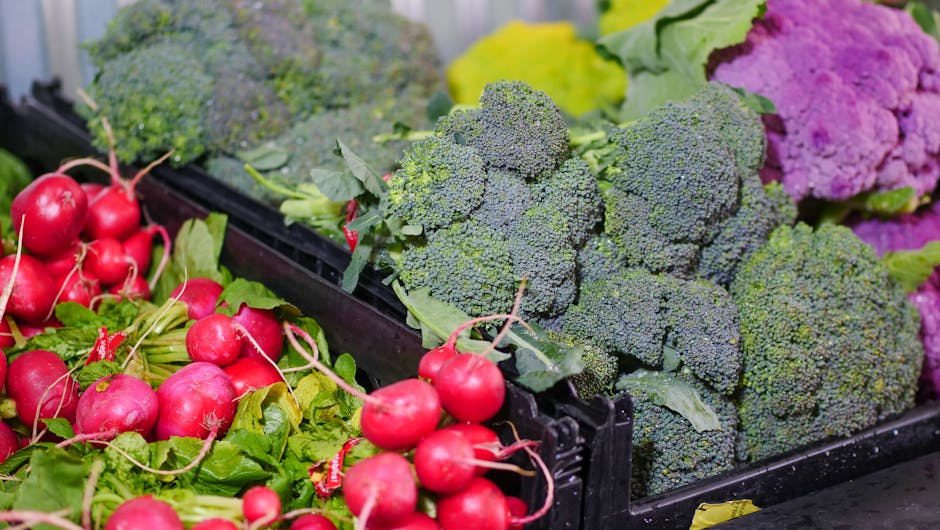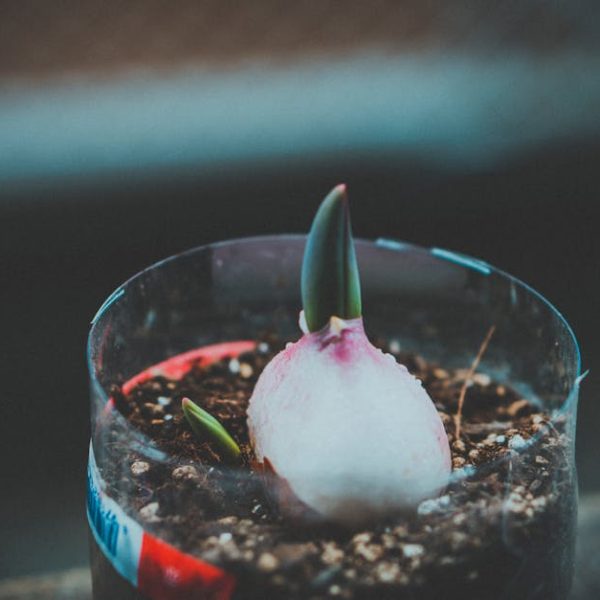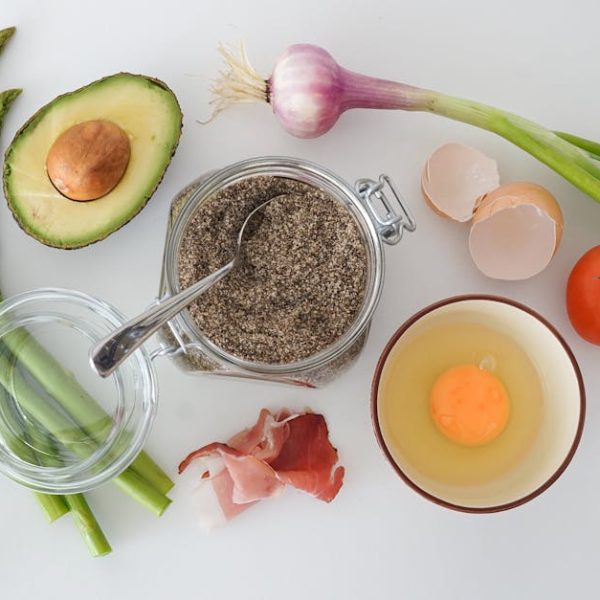Settling on a vibrant cauliflower with a firm texture and no visible blemishes is an art. Its unique shape and acclaimed nutritional benefits make it a sought-after vegetable for households and restaurants alike. In your quest for the perfect cauliflower, start by inspecting its physical signs.
Fresh Cauliflower: Signs of Freshness
Identifying freshness in cauliflowers is relatively straightforward. A freshly-picked cauliflower should be white or a cream color, have densely packed florets, and have a firm feel when touched. Any visible blemishes, loose florets, or dark spots usually indicate age or mishandling in the transport process.
- Color: White or cream-colored.
- Texture: Firm to touch, densely packed florets.
- Smell: Fresh cauliflowers have a mild, slightly sweet smell.
Pro Tip: Besides the visual inspection, check the base where the cauliflower was harvested. A fresh cauliflower will have a moisture-rich and bright-looking base.
Period of Freshness: How Long Does Cauliflower Last?
Once you’ve secured your fresh cauliflower, the next crucial area of focus is its lifespan. A fresh cauliflower stored at room temperature will typically last for about a week, and if refrigerated correctly, you can extend its lifespan up to three weeks.
- Room Temperature: 5-7 days.
- Refrigerated: 2-3 weeks.
Best Practice: Refrigerate your cauliflower in a partly sealed plastic bag and place it in the crisper drawer. This practice ensures ideal temperature and humidity, extending the cauliflower’s freshness period.
Preserving Freshness: Storage Tips for Cauliflower
Storing your fresh cauliflower correctly can drastically improve its lifespan. You need to pay attention to aspects like temperature, humidity, and packaging material.
Here is a handy storage process checklist:
1. Avoid washing the cauliflower before storing.
2. Place in a partly sealed plastic bag.
3. Store it in the crisper drawer of your refrigerator.
4. Try to consume it within 14 days for the best taste and nutrition retention.
At room temperature, cauliflowers work well as a quick grab-and-go option for immediate consumption, while refrigeration is ideal for long-term storage. Be sure to keep humidity low to prevent the growth of mold or bacteria on the surface.
Signs of Spoilage: When to Discard Cauliflower
Even with perfect storage techniques, cauliflower will eventually lose its freshness. Here’s what to look out for:
- Color: The cauliflower will start to get brown or yellow spots.
- Texture: It becomes slimy to the touch.
- Smell: An off or sour smell is a clear sign of decay.
Pro Tip: If you’re unsure about the cauliflower’s freshness, it’s better to discard it. Ingesting spoiled cauliflowers could lead to foodborne illnesses.
Frozen Cauliflower: Lifespan and Storage
Freezing cauliflower is a convenient way to extend its shelf-life, especially when you have a surplus of this nutritional giant. However, it’s essential to blanch the cauliflower before freezing, as this process kills bacteria and enzymes, maintaining the quality of the frozen cauliflower.
Follow our step-by-step guide to freeze your cauliflower properly:
1. Wash the cauliflower and cut it into florets.
2. Blanch the florets in boiling water for about 3 minutes, then immediately transfer them into an ice bath to stop the cooking process.
3. Dry the florets thoroughly and pack them in zipper-style freezer bags or airtight containers.
4. Store in the freezer for up to 8 months.
Just like everything in life, freezing cauliflower comes with its pros and cons. To help you make an informed decision, here’s a comparison:
| Fresh Cauliflower | Frozen Cauliflower | |
|---|---|---|
| Shelf-life | 2-3 weeks if refrigerated | Up to 8 months |
| Taste and texture | Crunchy and sweet when fresh | May lose a bit of crunch and flavor, but still good |
| Preparation time | Ready to cook | Need to defrost before using |
| Nutritional value | Retains all nutrients when fresh | Some nutrient loss during the freezing process, but overall nutritious |
In the end, whether you choose to enjoy your cauliflower fresh or frozen, the primary goal should be to maximize its shelf-life and nutritional value. So, the next time you buy a fresh, vibrant cauliflower, use these tips to store, preserve, and enjoy this vegetable properly. Happy cauliflower-eating!
Key Takeaway:
- Fresh cauliflower can be identified by its white or cream color, firm texture and mildly sweet smell.
- Fresh cauliflower lasts around 5-7 days at room temperature and 2-3 weeks when refrigerated correctly.
- Proper storage of cauliflower extends its lifespan; avoid washing before storing, place in a partially sealed plastic bag in the crisper drawer of your refrigerator.
- Signs of spoilage in cauliflower include a change in color, sliminess, an off-smell, and the growth of mold.
- Blanching and freezing cauliflower can extend its lifespan up to 8 months, but may result in some loss of crunch, flavor, and nutrients.
Proper storage and accurate identification of freshness and spoilage signs can ensure that you enjoy the maximum nutritional benefit of cauliflower. Whether you prefer fresh or frozen cauliflower, knowing how to store and when to use it can make a significant difference in your meals. Remember, when in doubt about a cauliflower’s freshness, it’s safer to discard it and avoid foodborne illnesses.
FAQs
Q: Is browning always a sign of spoilage in cauliflower?
A: Browning is a common sign of aging in cauliflower, however, it might not necessarily indicate spoilage. If the cauliflower is still firm and doesn’t have an off-smell, it might be safe to consume. But when in doubt, discard it to avoid a potential health risk.
Q: Can I freeze cauliflower without blanching?
A: While possible, it’s not recommended. Blanching before freezing helps preserve the cauliflower’s quality by killing bacteria and enzymes that lead to spoilage.
Q: How can I thaw frozen cauliflower before use?
A: You can thaw frozen cauliflower by transferring it to your refrigerator overnight or placing it in a bowl of cold water.
Q: Can you consume the leaves of the cauliflower?
A: Yes, the leaves of the cauliflower are edible and can be prepared in the same manner as other leafy green vegetables, such as kale or spinach.
Q: Are there any alternative ways to store cauliflower at home?
A: Storing in a paper bag instead of a plastic bag can prevent excess moisture from leading to premature spoilage. In this method, keep the bag slightly open to allow for air circulation.
We hope this article has enriched your knowledge about cauliflower and its storage. Feel free to share the article and explore more posts on our website.






